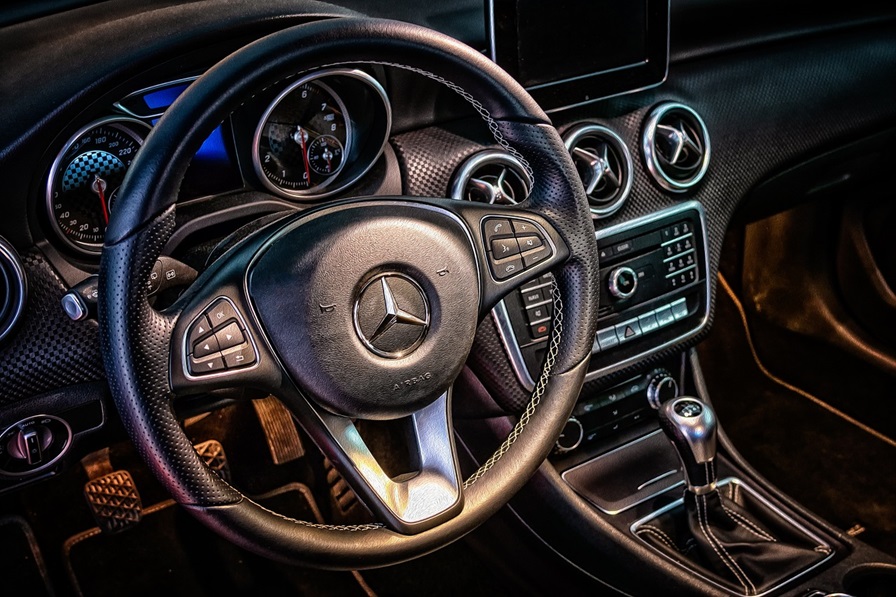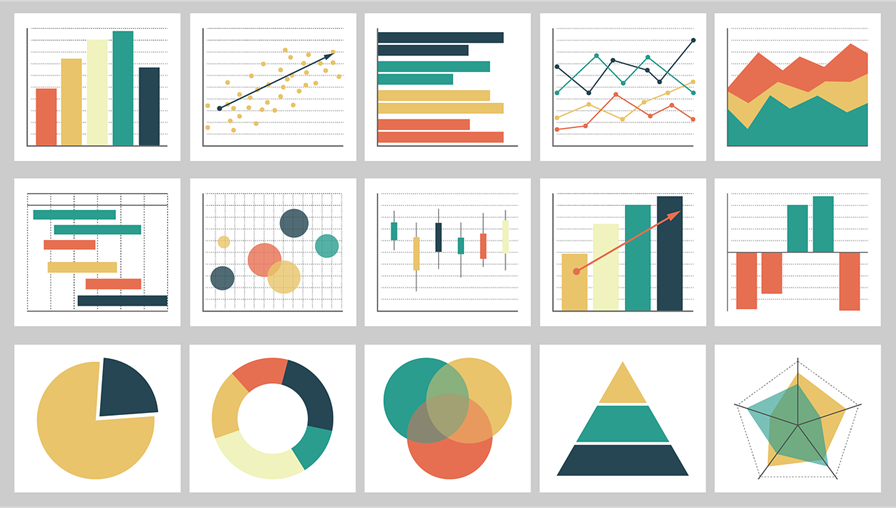Measurement and calibration are critical processes in automotive electronics, ensuring that vehicles operate efficiently, safely, and within regulatory standards. With the increasing complexity of modern vehicles, accurate measurement and precise calibration have become essential in the development, production, and maintenance of automotive systems.
As vehicles become more advanced with the integration of electronics and software, the need for precise measurement and calibration of automotive systems has grown exponentially. Measurement and calibration ensure that all electronic components and systems within a vehicle function correctly, providing accurate data for decision-making processes, controlling vital functions, and ensuring compliance with safety & environmental regulations.

Table of Contents
Importance of Measurement and Calibration
Measurement and calibration in automotive electronics are crucial for several reasons:
- Performance Optimization: Accurate measurement and calibration ensure that the vehicle’s systems perform optimally, leading to improved fuel efficiency, lower emissions, and enhanced driving dynamics.
- Safety Assurance: Proper calibration of safety-critical systems, such as airbags, braking systems, and advanced driver assistance systems (ADAS), is vital for ensuring the safety of both the driver and passengers.
- Compliance with Regulations: Regulatory bodies impose strict standards on vehicle emissions and safety. Calibration ensures that vehicles meet these standards, avoiding legal penalties and ensuring market acceptance.
- Reliability and Durability: Calibration enhances the reliability and longevity of automotive systems by ensuring that components operate within their specified parameters, reducing the likelihood of failures.
- Customer Satisfaction: Properly calibrated systems contribute to a better driving experience, leading to higher customer satisfaction and brand loyalty.
Measurement in Automotive vehicles
Measurement in automotive electronics involves the collection of data from various sensors and ECUs to assess the performance and condition of vehicle systems. This data is used for analysis, diagnostics, and control purposes.
Types of Measurements

In automotive electronics, several types of measurements are crucial:
- Temperature Measurement: Used to monitor the temperature of critical components such as engines, batteries, and exhaust systems.
- Pressure Measurement: Essential for systems like fuel injection, braking, and air conditioning.
- Voltage and Current Measurement: Critical for assessing the electrical systems, including battery performance and power distribution.
- Speed and Position Measurement: Important for controlling engine timing, transmission, and vehicle dynamics.
- Flow Measurement: Used in fuel systems and exhaust systems to monitor fluid and gas flow rates.
Measurement Tools
Several tools and instruments are used in the automotive industry for measurement purposes:
- Oscilloscopes: Used to visualize electrical signals and diagnose issues in electronic circuits.
- Multimeters: Versatile tools that measure voltage, current, and resistance in electrical circuits.
- Data Loggers: Devices that record data over time, useful for monitoring system performance during vehicle operation.
- Pressure and Temperature Sensors: Integrated into the vehicle systems to provide real-time data on various parameters.
- Signal Generators: Used to test the response of automotive systems to different input signals.
Calibration in Automotive Electronics
Calibration (CCP and XCP protocols) is the process of adjusting the output or response of a measurement system to align with a known standard or reference. In automotive electronics, calibration ensures that sensors and control units provide accurate data and perform their functions correctly.
Calibration Process
The calibration process typically involves the following steps:
- Initial Testing: The system or component is tested to determine its current performance and identify any deviations from the desired output.
- Adjustment: Based on the initial test results, adjustments are made to the system’s parameters to bring it in line with the reference standards.
- Verification: After adjustments, the system is tested again to verify that the calibration was successful and that the system operates within the desired parameters.
- Documentation: The results of the calibration process are documented, and calibration certificates are issued to ensure traceability and compliance with industry standards.
Calibration Tools and Software
Calibration in automotive electronics often requires specialized tools and software:
- Calibration Benches: Workstations equipped with various instruments and tools for precise calibration of sensors and ECUs.
- Diagnostic Tools: Devices such as OBD scanners that interface with the vehicle’s onboard systems to read and adjust calibration settings.
- Calibration Software: Specialized software (example INCA, CANape, VSpy) used to modify and update the calibration parameters of ECUs, often integrated with data logging and analysis capabilities.
- Dynamometers: Used for calibrating engine and transmission systems by simulating different driving conditions.
On-Board Diagnostics (OBD) and Calibration
On-Board Diagnostics (OBD) systems are an integral part of modern vehicles, providing real-time data on the health and performance of various components. Calibration of OBD systems is critical to ensure accurate fault detection, emissions control, and vehicle performance monitoring.
OBD calibration involves setting thresholds and parameters for various sensors and control units to ensure that the system accurately identifies and reports issues. This calibration is essential for maintaining compliance with emissions regulations and ensuring the vehicle’s long-term reliability.
Challenges in Measurement and Calibration
Measurement and calibration in automotive electronics present several challenges:
- Complexity of Systems: The increasing complexity of automotive electronics, with multiple interconnected systems, makes accurate measurement and calibration more challenging.
- Environmental Variations: Automotive systems must perform reliably across a wide range of environmental conditions, requiring robust calibration processes.
- Integration of New Technologies: The integration of new technologies, such as electric powertrains and ADAS, necessitates the development of new measurement and calibration techniques.
- Regulatory Compliance: Adhering to evolving regulatory standards for emissions and safety requires continuous updates to calibration processes.
Future Trends in Automotive Measurement and Calibration
As automotive technology continues to evolve, several trends are shaping the future of measurement and calibration:
- Increased Automation: The use of automated calibration tools and software is expected to grow, reducing the time and effort required for calibration.
- AI and Machine Learning: AI and machine learning algorithms are being integrated into calibration processes to optimize performance and predict maintenance needs.
- Remote Calibration: With the rise of connected vehicles, remote calibration of systems via over-the-air (OTA) updates is becoming increasingly feasible.
- Integration with Digital Twins: Digital twin technology, which creates a virtual replica of the vehicle, is being used to simulate and optimize calibration processes before implementation.
Final Thoughts
Measurement and calibration are foundational processes in automotive electronics, ensuring that vehicles operate safely, efficiently, and within regulatory standards. As vehicles continue to integrate more advanced technologies, the importance of precise measurement and calibration will only increase. By understanding the tools, techniques, and challenges involved in these processes, automotive engineers can continue to drive innovation & maintain the high standards of performance expected in today’s automotive industry.

